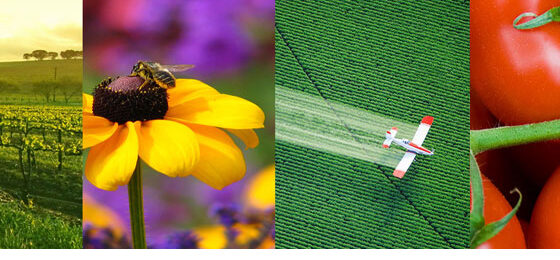This is the first article of a three-part series discussing the evolution of irrigation systems.
It is a common principle that in order for anything to grow, it must be watered. As we look back through history, the same could be said about the growth of the urban population. Irrigation harbored the rise of many civilizations and advancements that are still used today.
In this three-part series, we’ll compare the methods of the past and examine how they influenced current irrigation systems. We’ll also discuss what the future of irrigation looks like as modern technology continues to advance.
The Grass Is Greener Where You Water It
Between 11 to 12,000 years ago, the hunter-gatherer culture was the only way of life. This lifestyle was based on hunting and fishing for animals and gathering wild vegetation like fruit, nuts, and seeds as a means to survive.
Establishing long-term settlements was impractical because hunter-gatherers were typically nomadic. As time progressed it was learned that walking around and scavenging for food didn’t have to be the only means to sustain life; planting somewhere and growing food would soon be a possibility.
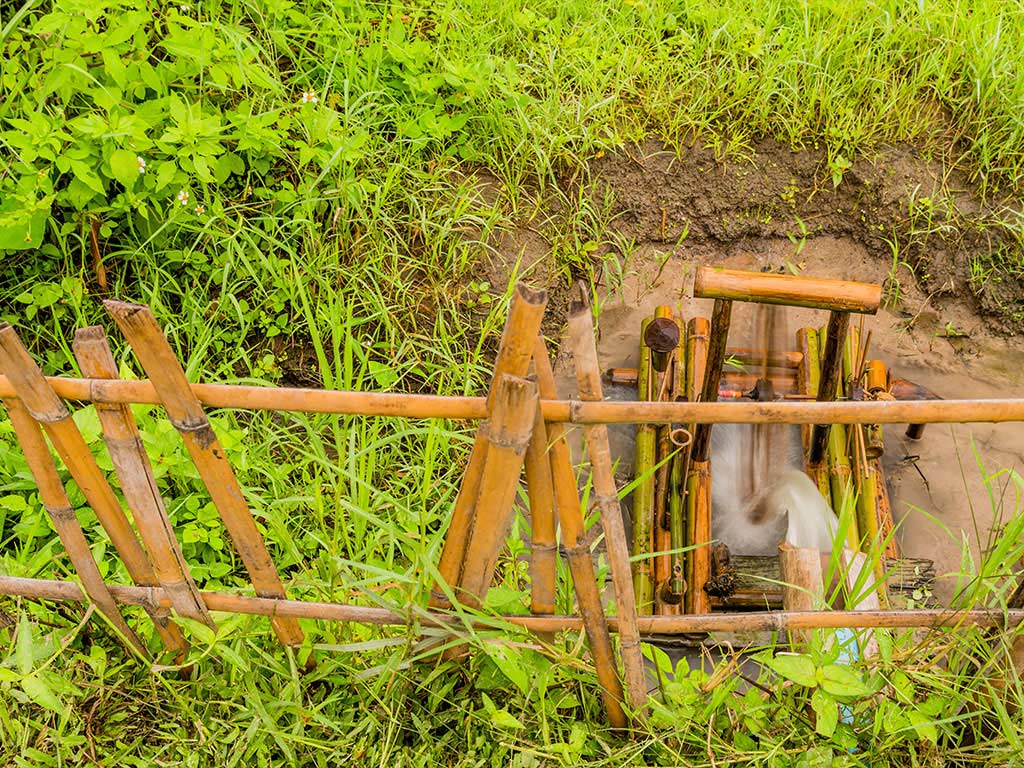
Pivotal Irrigation Developments And The Rise Of Agriculture
When agricultural practices were initially developed, many groups began to abandon the hunter-gatherer way of life in order to establish permanent settlements. This gave small communities of people the ability to provide for much larger populations. However, once small groups and villages were formed, a new problem emerged: lack of sufficient irrigation
As small groups and villages began to congregate, only a certain amount of food could be cultivated with rainfall as the only source of irrigation. Certain areas of the world experienced more rainfall than other regions which meant the amount of food production differed from region to region. In 6000 BC, The Mesopotamian Era rose, and with it emerged a solution to irrigation.
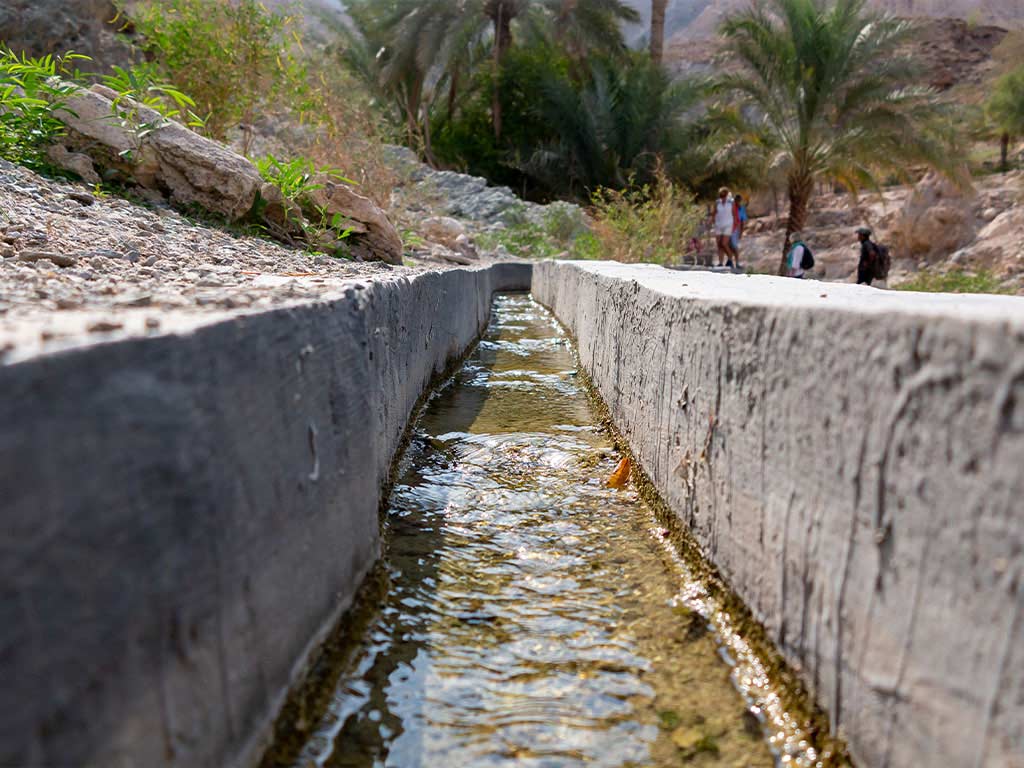
How Irrigation Drove The Expansion Of Civilizations
From 4500 to 4000 BC, the Sumerians settled in the Mesopotamian region of the fertile crescent, which is modern-day Iraq. Nestled in a plain between the Tigris and Euphrates rivers, they experienced dry summers and flooding during the winter.
In a pivotal moment for the birth of agriculture, the Sumerians pioneered irrigation as they invented methods of supplying water to an area of land. They dug out large storage basins to collect water during rainfall, implemented ditches to prevent floods, and created canals to distribute water.
As a direct result of improved irrigation methods and increased food production, populations increased, villages turned into cities and non-nomadic human life became sustainable. We all know Rome wasn’t built in one day, but the Romans were so advanced that they perfected many of the systems the Sumerians initiated.
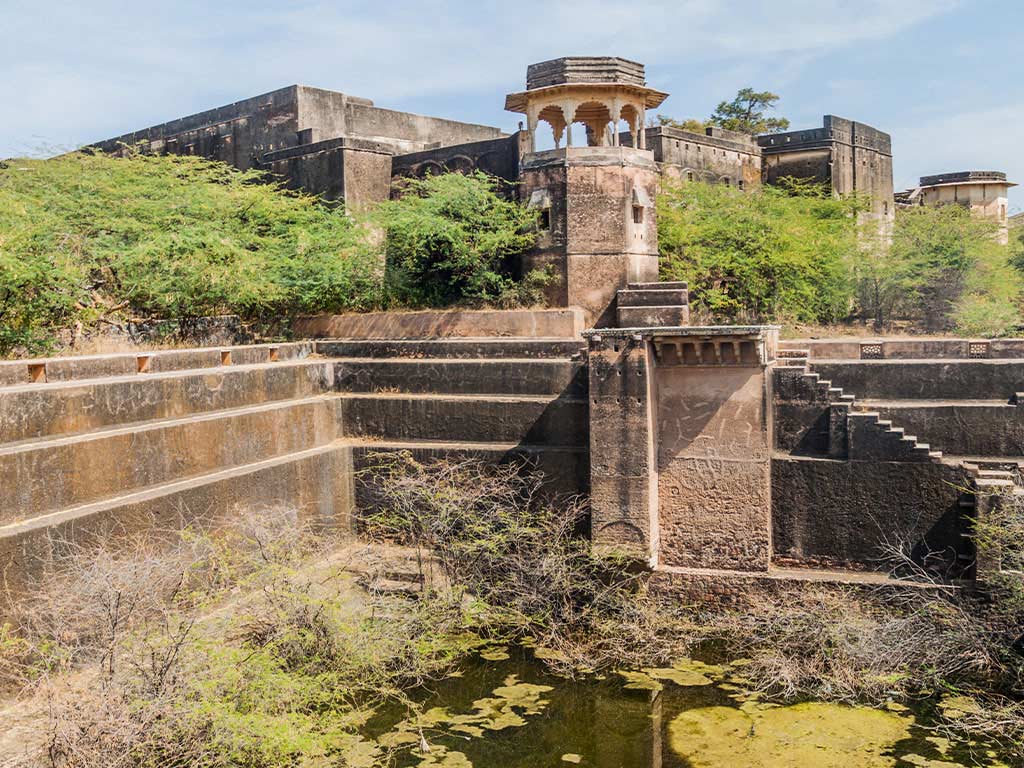
Rome’s Sophisticated Irrigation System Wasn’t Built In A Day
It wasn’t until 312 BC that the Romans developed irrigation practices and further engineered channels like the aqueduct. This advancement allowed water from a fresh source to be transported into the city. As a result, they had clean fresh water for baths, fountains for drinking, and they were able to supply water to their crops. The Roman Empire would have been very different without an imported water source.
Aside from aqueducts, water was the foundation for many advancements engineered by the Romans that we still implement today like the watermill and sewage system. Although the Romans didn’t invent plumbing, they created a sophisticated version of the original. They used valves and pipes to flush out runoff water and waste, thereby creating a cleaner community.
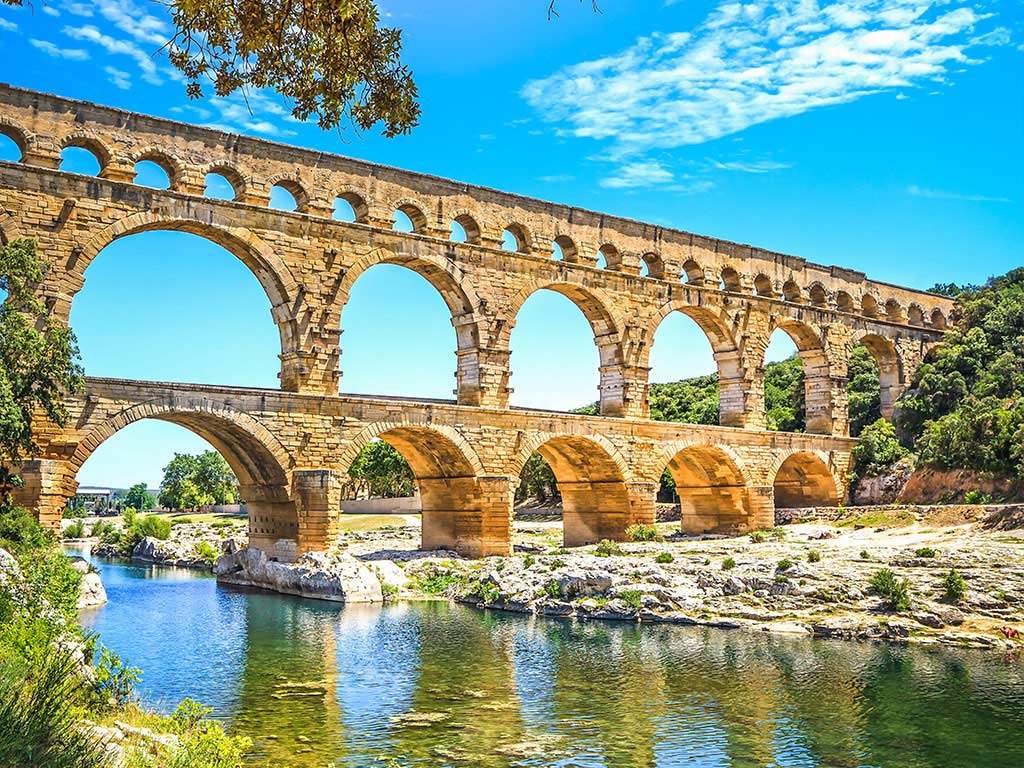
Modern Irrigation Inspired By Ancient Systems
Throughout history, many civilizations were able to thrive because of irrigation systems and advancements. As we fast forward to the present day, the technology may look different but it is built on many of the same principles from 5,000 years ago.
For example, the basins the Sumerians built resemble the furrows many farmers use today. Similarly, the aqueducts of ancient Rome functioned like our modern-day public water system. We wouldn’t be where we are today without the role water played throughout history.
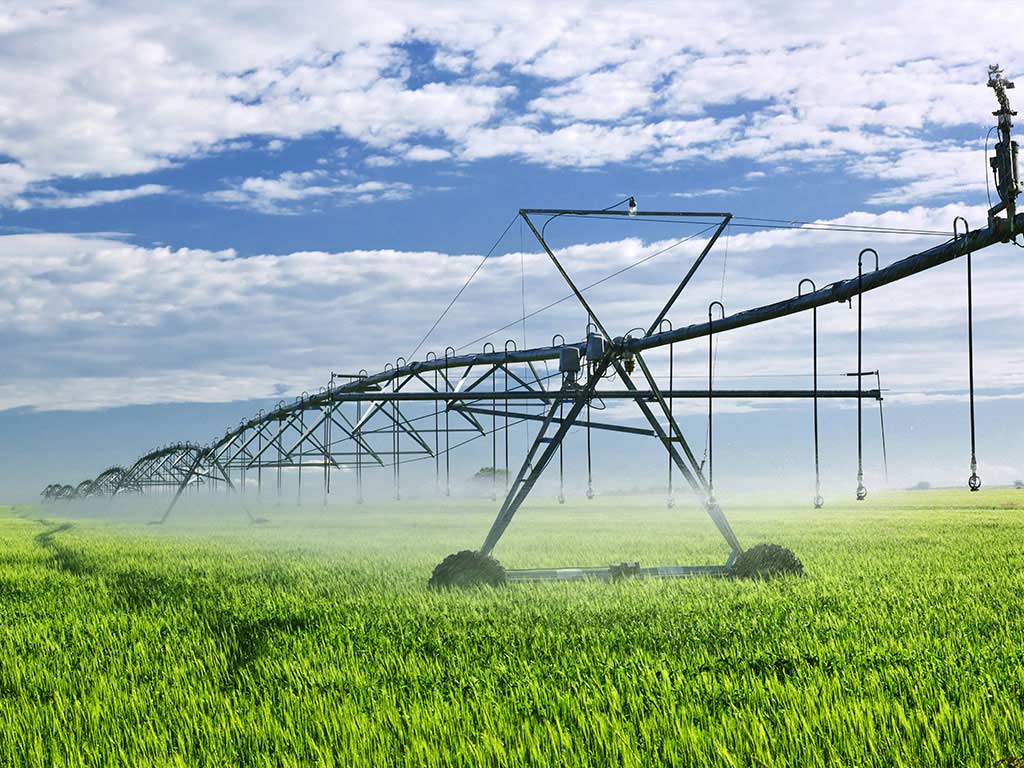
In this three-part series, we’ll compare the methods of the past and examine how they influenced current irrigation practices. Follow along with Wolf Creek Company as we take a deeper look at the historical roots of irrigation and discuss what’s in store for the future.








